The Application of New Materials in Post-War Bathroom Design: Plastics, Stainless Steel, and More
 Jun 13,2024
Jun 13,2024

 Adding Green
Adding Green
The mid-20th century saw a revolution in bathroom design with the introduction of new materials. Plastics, stainless steel, and other innovative materials transformed the aesthetics and functionality of bathrooms, aligning with the modernist and functionalist design principles that dominated the era.
I. Background and Origins
After World War II, there was a significant shift in the materials used in bathroom design. The economic boom and technological advancements of the period allowed for the development and widespread adoption of new materials. Designers and manufacturers were eager to explore the potential of plastics, stainless steel, and other materials to create products that were not only functional but also stylish and affordable.
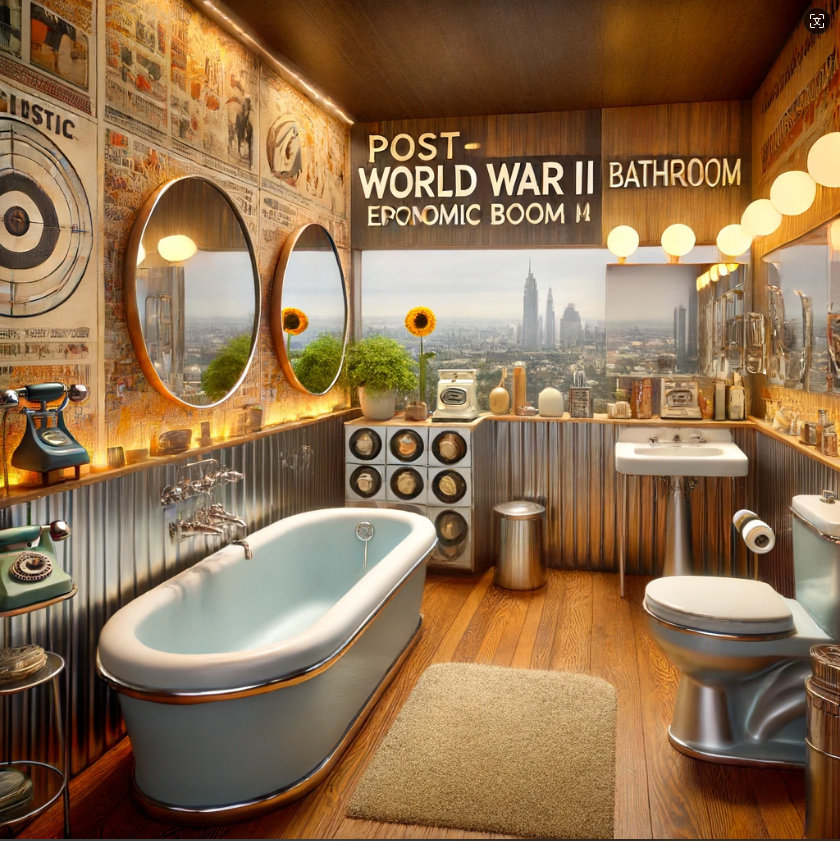
II. Key Characteristics and Advantages
1. Plastics: The introduction of plastics brought about a revolution in bathroom design. Plastics are lightweight, versatile, and can be molded into various shapes and sizes. They are also resistant to water and easy to clean, making them ideal for use in bathrooms. The ability to produce plastics in a wide range of colors and finishes allowed designers to experiment with new aesthetics and create bold, vibrant bathroom fixtures.
2. Stainless Steel: Stainless steel became a popular choice for bathroom fixtures due to its durability, corrosion resistance, and sleek appearance. It is a low-maintenance material that can withstand the humid environment of bathrooms. Stainless steel was often used for faucets, sinks, and showerheads, lending a modern and industrial look to bathroom spaces.
3. Other Materials: In addition to plastics and stainless steel, other materials such as acrylic, fiberglass, and aluminum were also utilized. These materials offered similar benefits in terms of durability, maintenance, and design flexibility. Acrylic and fiberglass, for example, were commonly used for bathtubs and shower enclosures due to their ability to be molded into ergonomic shapes.
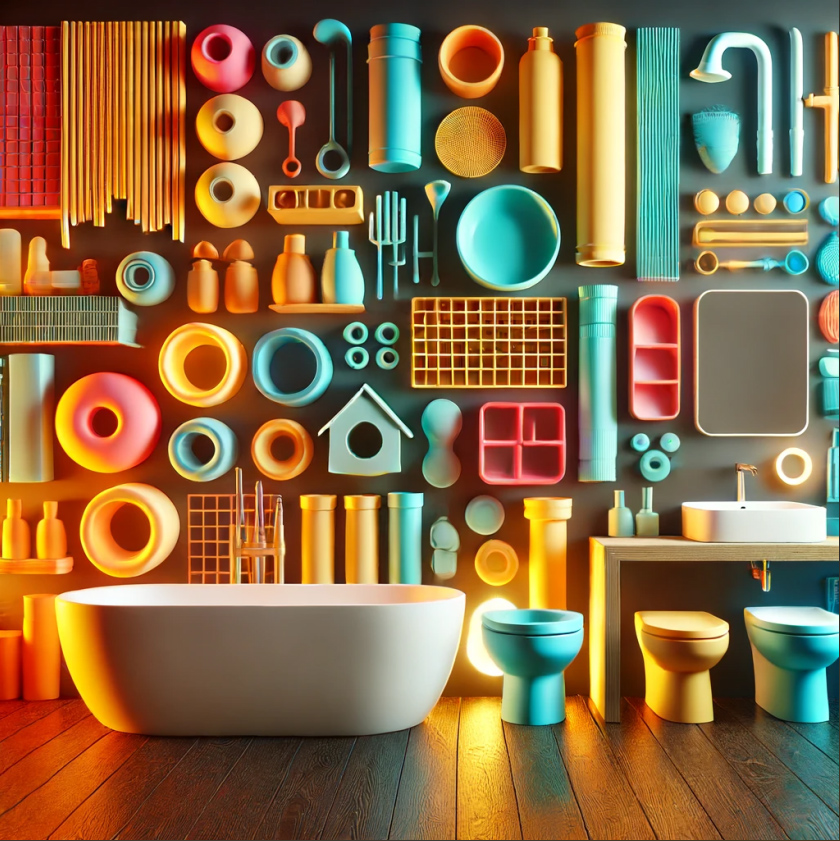
III. Impact on Design and Functionality
The use of new materials had a profound impact on both the design and functionality of bathrooms:
1. Enhanced Durability: Materials like stainless steel and fiberglass provided enhanced durability, ensuring that bathroom fixtures could withstand daily use and remain in good condition for longer periods.
2. Improved Hygiene: The smooth, non-porous surfaces of plastics and stainless steel are easy to clean and do not harbor bacteria, contributing to improved hygiene in the bathroom.
3. Cost-Effective Production: The ability to mass-produce plastic and acrylic fixtures made bathroom renovations more affordable for the average household. This democratization of modern design meant that more people could enjoy stylish and functional bathrooms.
4. Design Flexibility: The malleability of plastics and acrylics allowed designers to create innovative and ergonomic shapes, enhancing the overall user experience. This flexibility also enabled the creation of integrated storage solutions and multifunctional fixtures, optimizing the use of space in bathrooms.
IV. Influence of Functionalism
The functionalist movement, which emphasized that the form of an object should follow its function, was greatly supported by the use of new materials. The properties of plastics, stainless steel, and other materials aligned perfectly with the functionalist ethos. Fixtures were designed to be straightforward, easy to use, and efficient, with aesthetics that reflected their practicality.
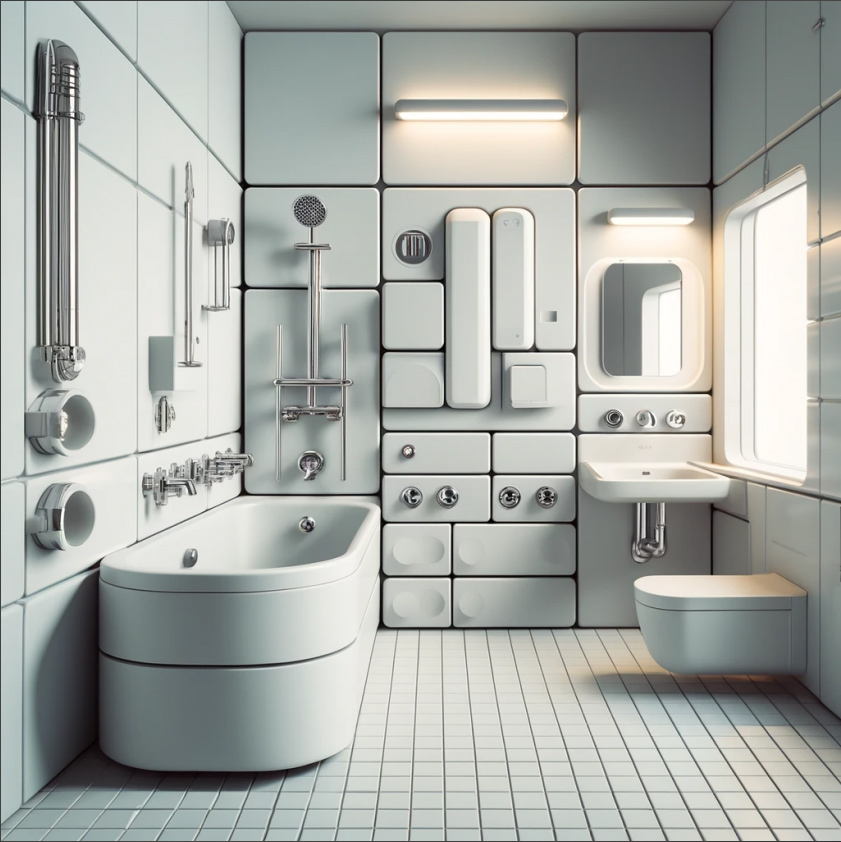
V. Integration with Traditional Materials
While new materials were embraced for their modern qualities, they were often used in conjunction with traditional materials like wood and stone to create a balanced design. This combination allowed for the warmth and natural beauty of traditional materials to be complemented by the sleek and modern attributes of new materials, resulting in bathrooms that were both functional and aesthetically pleasing.
VI. Introduction of Adding Green Brand
In this symphony of art and function, the Adding Green brand stands out like a master conductor, beautifully presenting cement bathroom products. As a craftsman, I have 11 years of experience in resin handicraft production and 10 years in cement technology research and development. We believe that good craft decoration should be a collection of artistic, functional, low-energy consumption, and recyclable design and production. All human creation should be based on respect for the earth and the ecological environment. Adding Green technology, adding green to the world! As the leading enterprise of cement process products, our all-technical process schemes are original, with more than 20,000 kinds of process formulas. We can support all your designs to achieve mass production based on the process design system of environmental change. We not only promote the modernization of cement bathroom products but also continuously innovate in the creation of lifestyle art pieces.
VII. Future Prospects
Looking ahead, the principles established during the mid-20th century will continue to shape bathroom design. The integration of innovative materials with eco-friendly practices will be crucial as sustainability becomes a priority. Designers will continue to explore new ways to blend functionality with aesthetics, creating bathroom spaces that are not only practical but also visually appealing and environmentally responsible.
In conclusion, the introduction of new materials like plastics and stainless steel during the post-war era revolutionized bathroom design. These materials provided designers with the tools to create durable, hygienic, and cost-effective fixtures that aligned with the modernist and functionalist principles of the time.



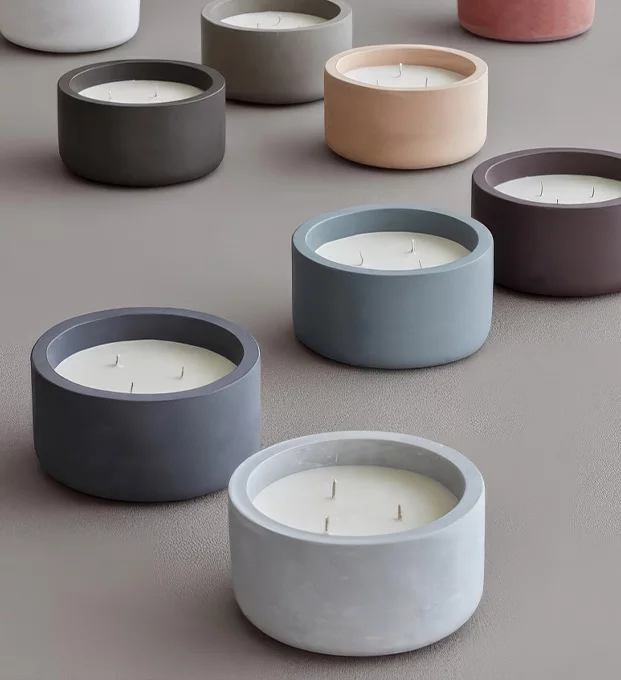
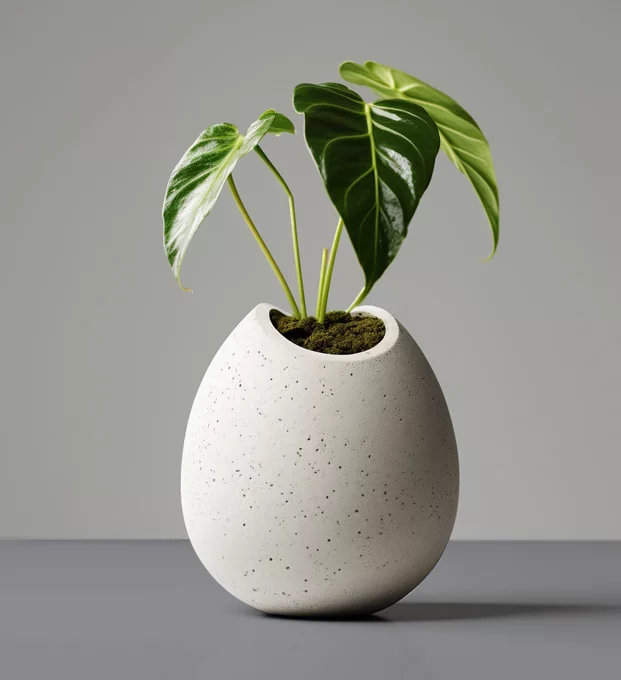
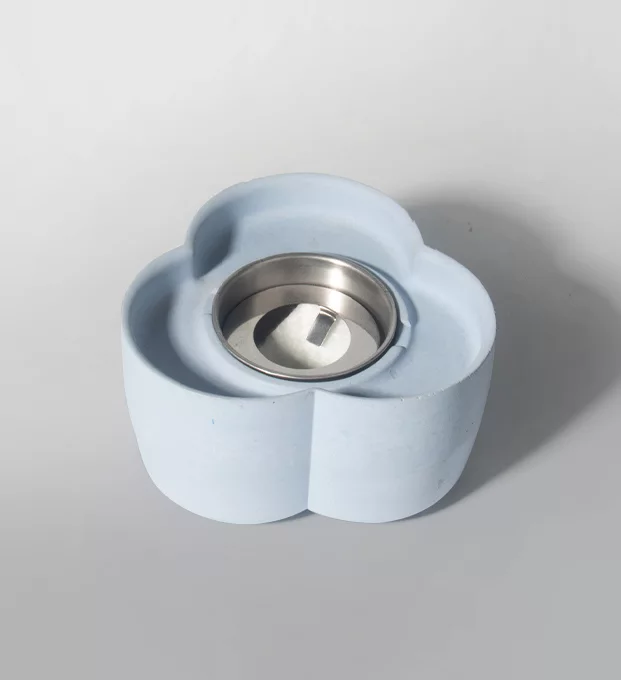

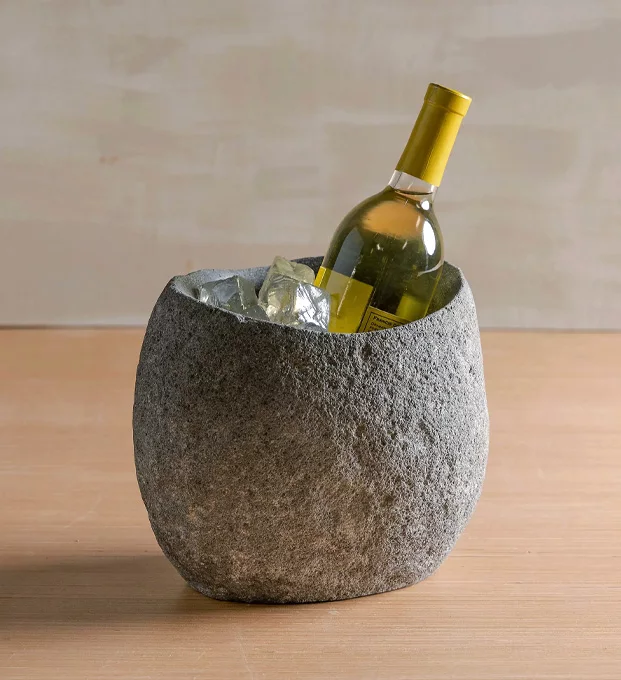




 CN
CN
 HOME
HOME Exploring the Diversity of Cement Crafts and Their Applications in Design
Exploring the Diversity of Cement Crafts and Their Applications in Design  You May Also Like
You May Also Like
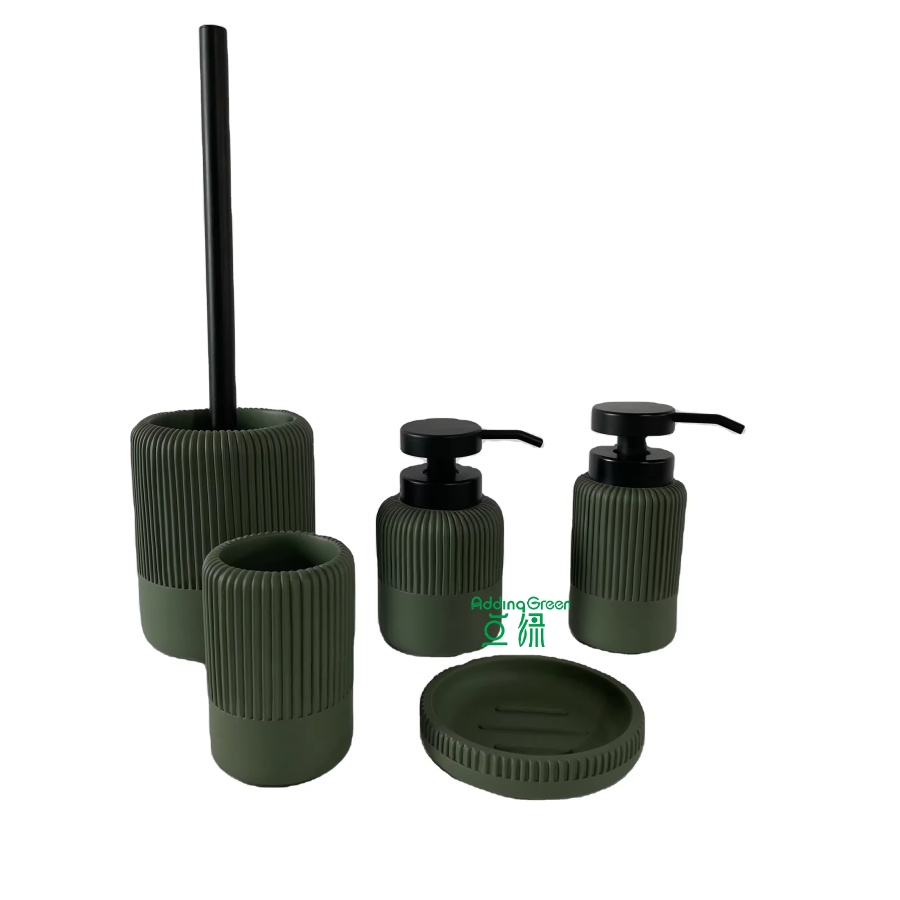


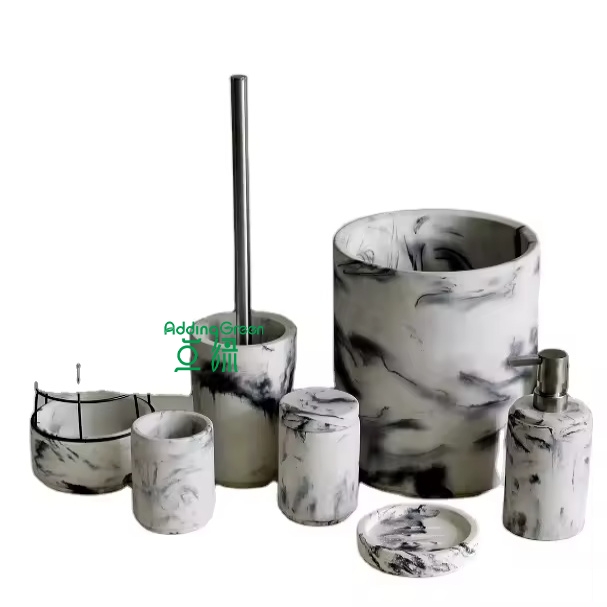

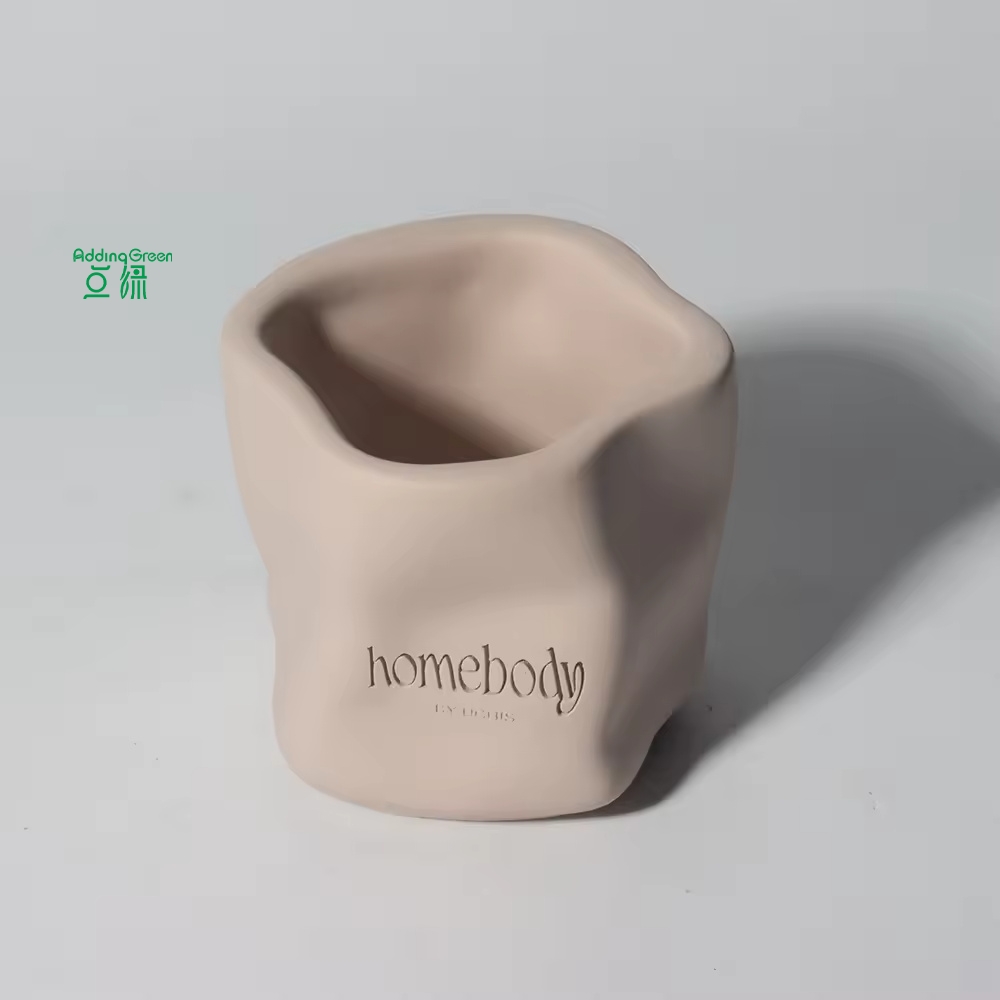
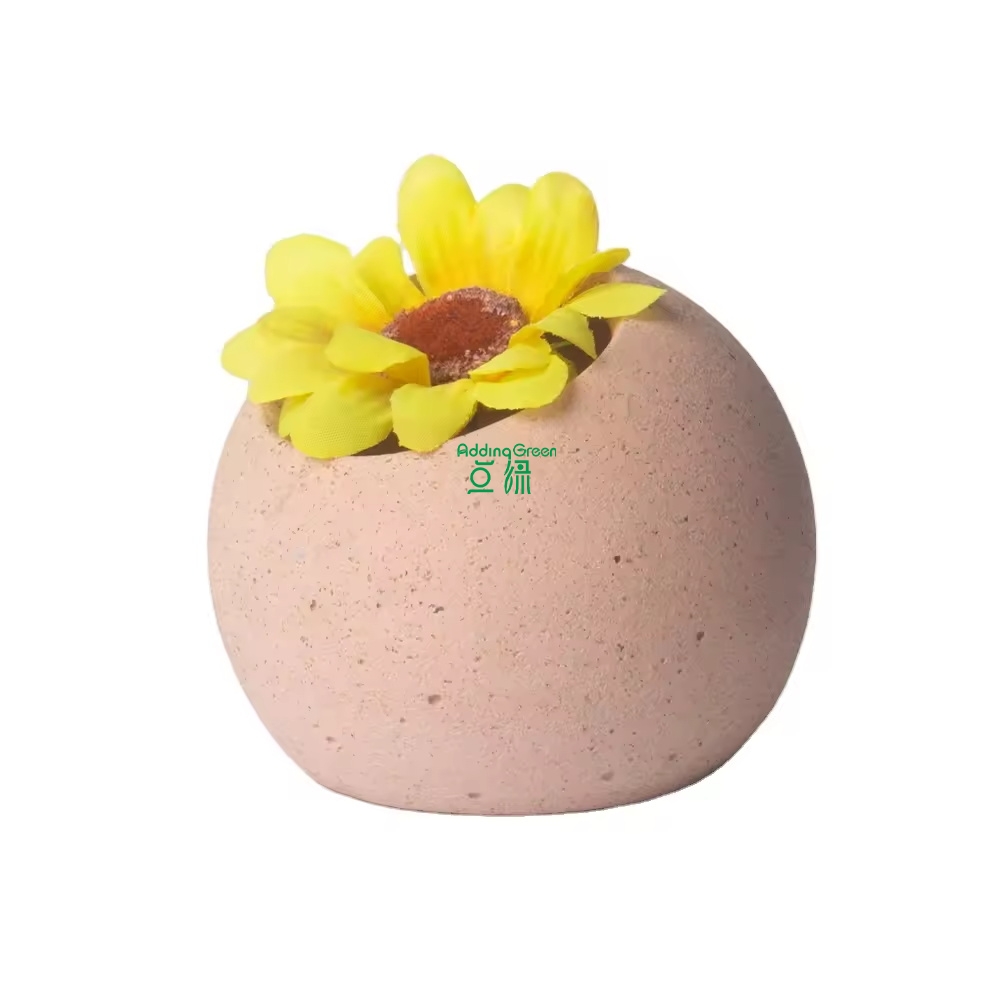
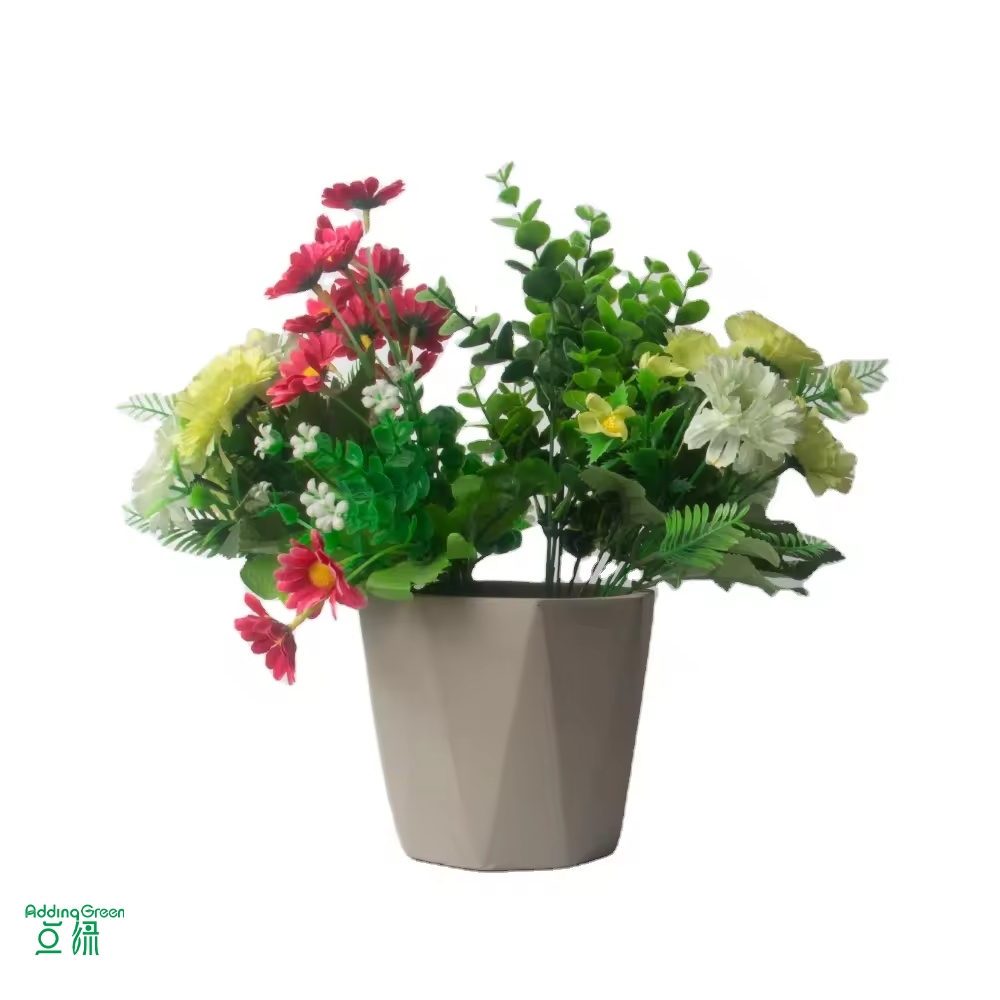
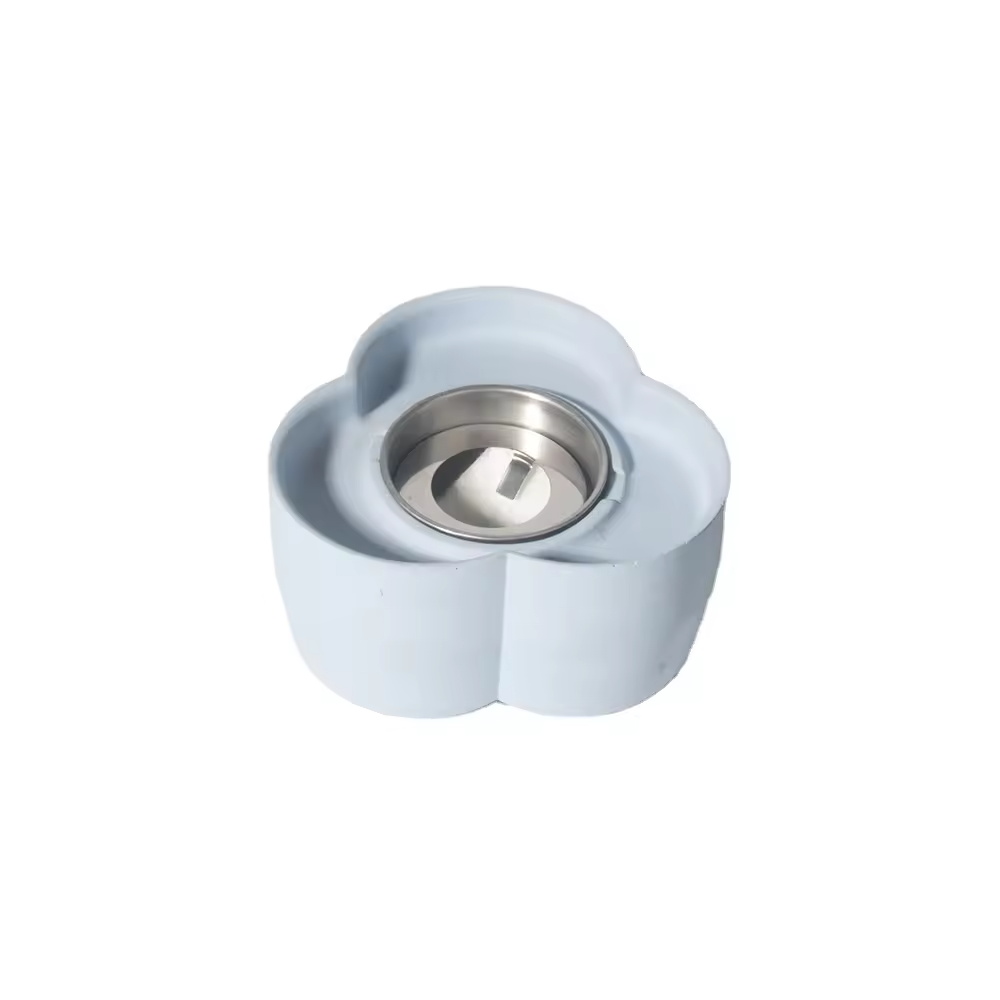

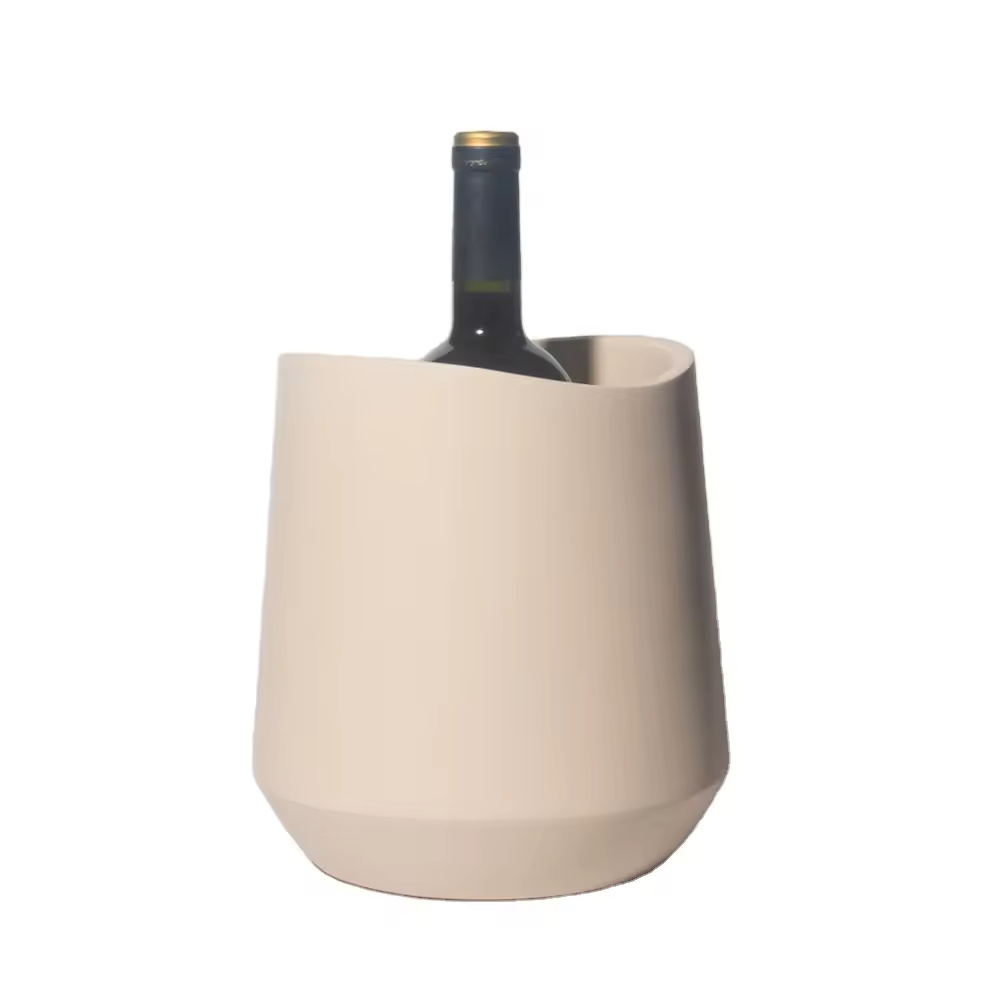

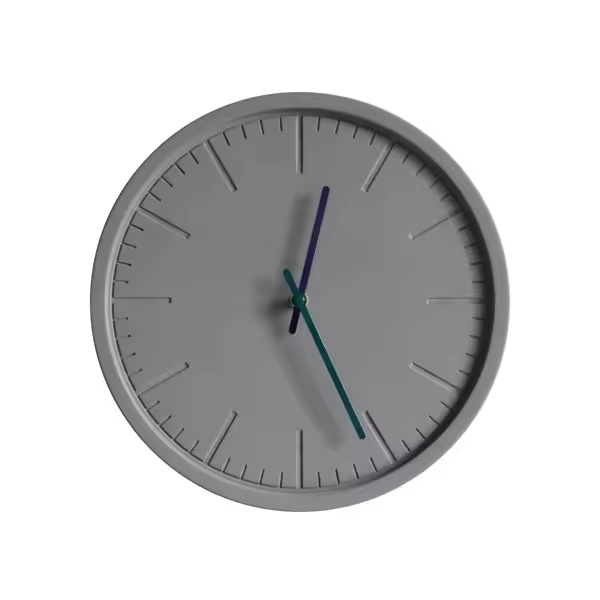
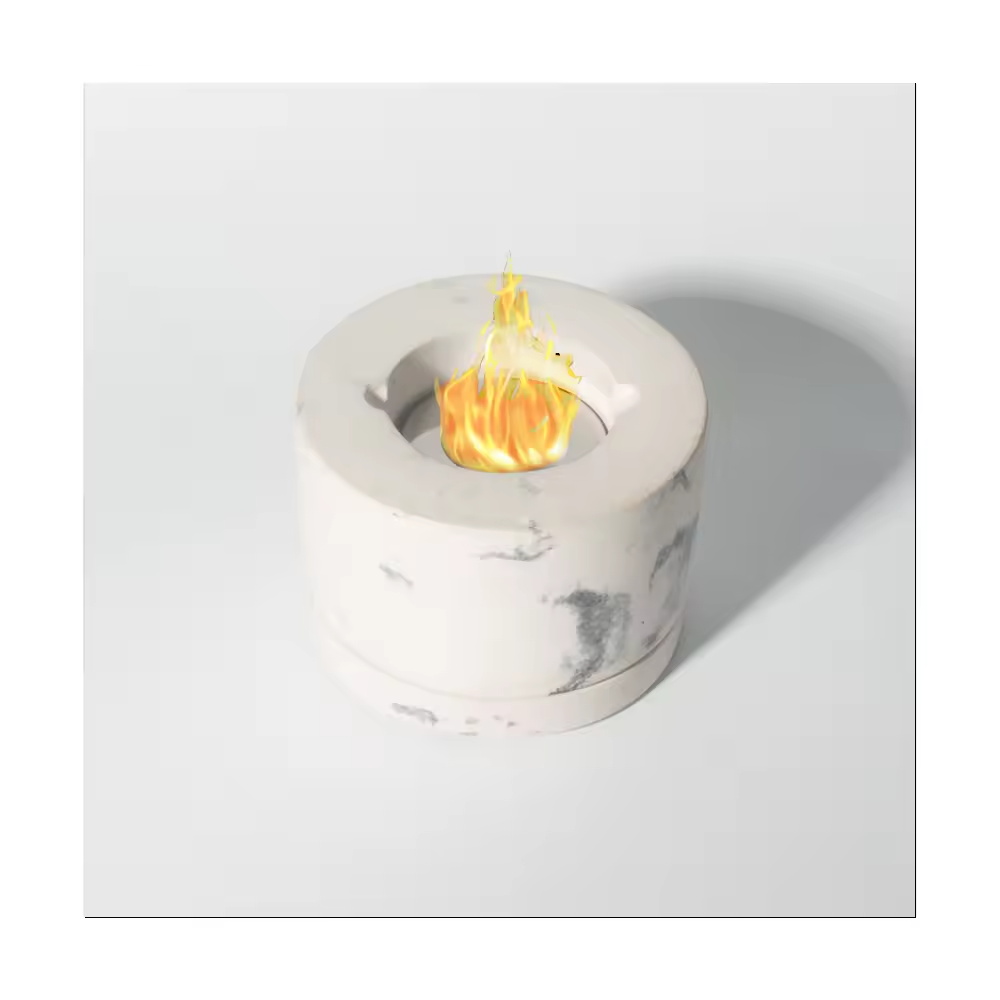
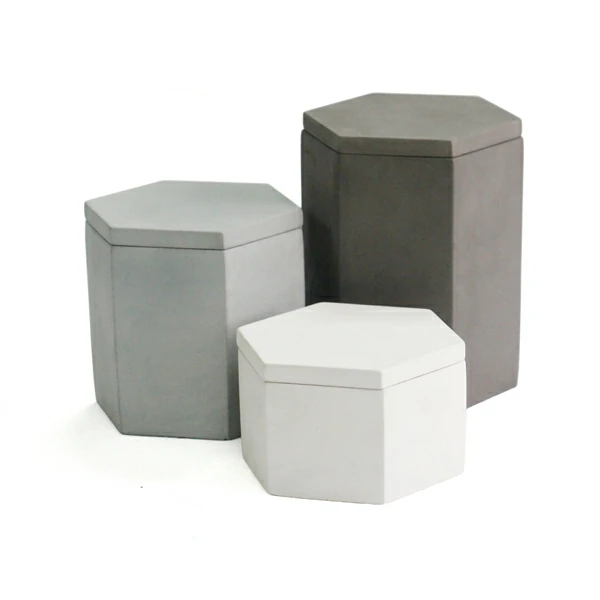
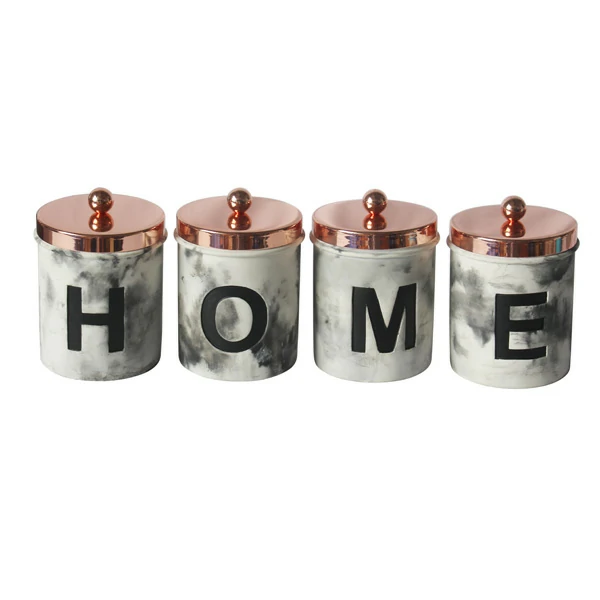
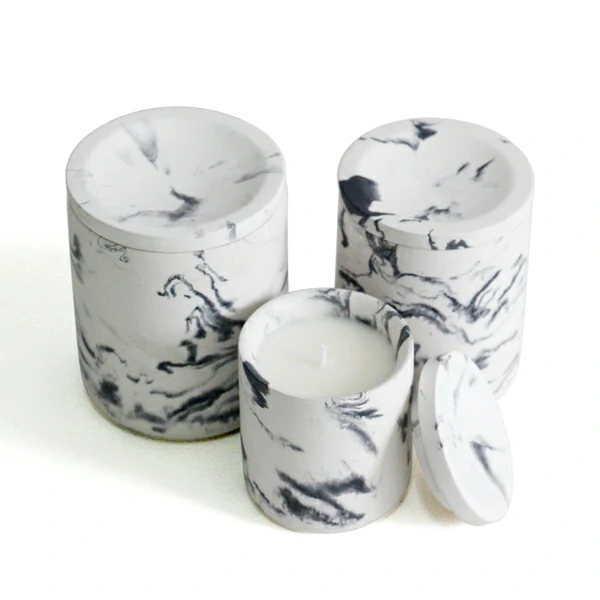

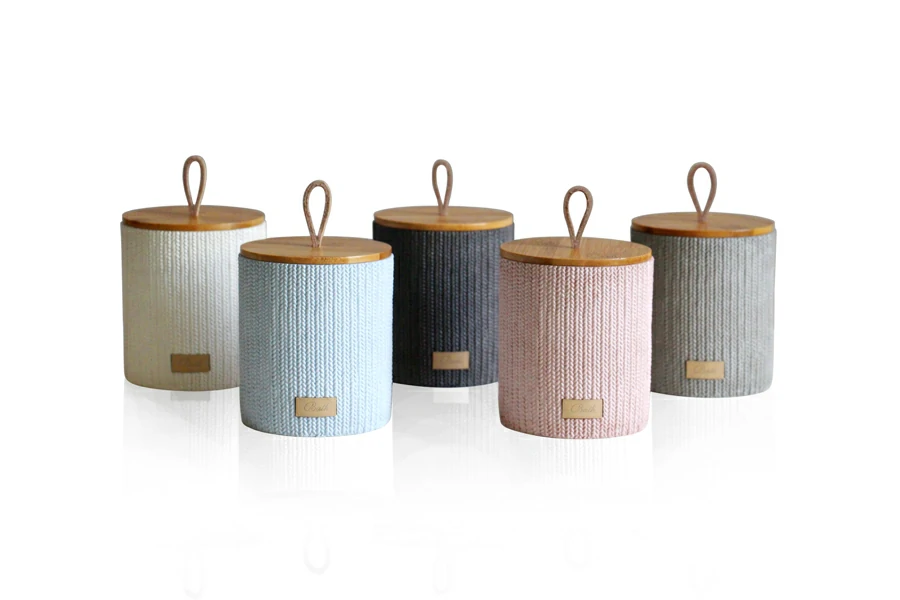
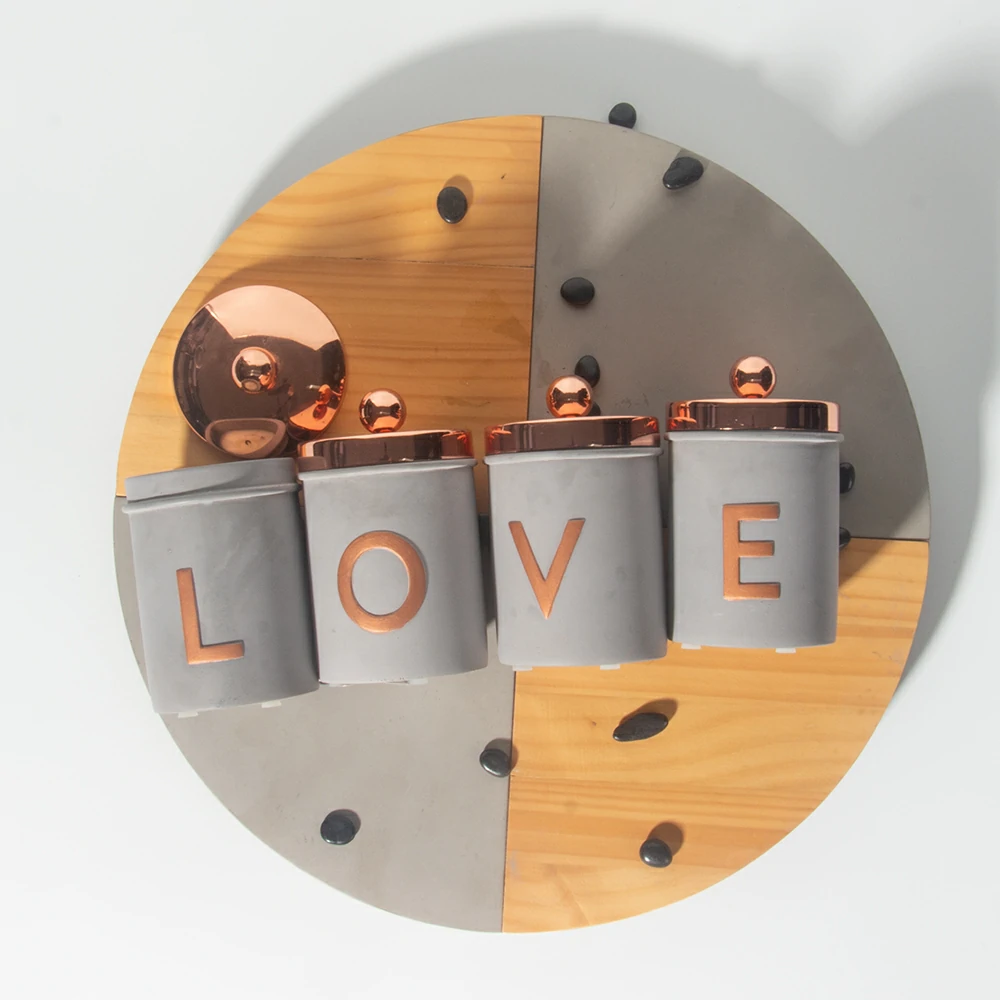

 Tel
Tel
 Email
Email
 Address
Address










